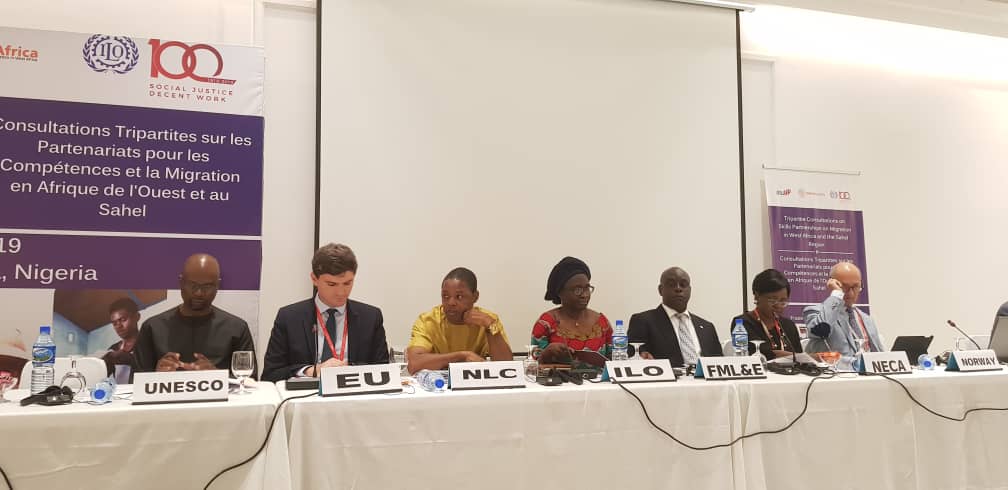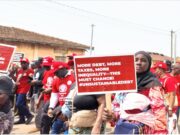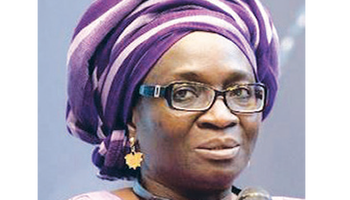By Obioma C. Appolos
To navigate the world of work through the present and anticipated challenges it faces and ultimately achieve the highly propagated desired decent work, promotion of skills acquisition, competencies and qualifications has been identified as sacrosanct and a must-do the International Labour Organisation (ILO), its social partners and governments across the world must venture into.
ILO Assistant Director-General and Regional Director for Africa, Cynthia Samuel-Olonjuwon, who stated this at the just concluded Sub-Regional Tripartite Consultation for the Formulation of Skills Partnerships on Migration in West Africa and the Sahel, further stressed that promotion of acquisition of skills, competencies and qualifications is a high target priority none should treat with levity, hence, a join responsibility of governments and social partners.

“Promoting the acquisition of skills, competencies and qualifications for all workers throughout their working lives is a joint responsibility of governments and social partners in order to: Address existing and anticipated gaps; Pay particularly attention to ensuring that education and training systems are responsive to labour market needs, taking into account the evaluation of work; and Enhance workers’ capacity to make use of the opportunities available for decent work.”
Furthermore, the ILO Director explained that; “Skills development and partnerships should be understood in light of the following labour market statistics for Africa: Informal employment has remained high, at close to 86 percent. Extreme working poverty is high, at 32.5 percent. Labour productivity growth is low, at only 1.1 percent. Despite the decent work deficits in the-agriculture, the sector still employs 51 percent, most of whom are women.
“Currently, the share of youth Not in Education, Employment, or Training (or “NEETS”) is 26.1 percent in North Africa and 15.5 percent in Sub-Saharan Africa. But there is more to it: there are more female NEETS than male NEETs. In North Afrlca, female NEETS make up 36 percent of youth. compared to 16.7 percent of young males. The trend is the same in Sub-Saharan Africa. where female NEETS stand at about 19 percent, compared to 11.2 percent of their male counterparts.”
“These dynamics in the labour markets partly explain the reason people migrate in search of better opportunities. Migration is therefore among 7 key drivers of change in Africa, affecting the future of work. The vailability of workers at all skills levels to fill available jobs will determine whether countries develop.
“Migration ls already a reality, and West Africa and the Sahel, along with the East African Community, are the regions with the highest share of migrant workers compared to all other regions in Africa. We speak about 6.7 million people. What is more, migration within West Africa and/ the Sahel is much higher than migration to destinations outside the region.”






























